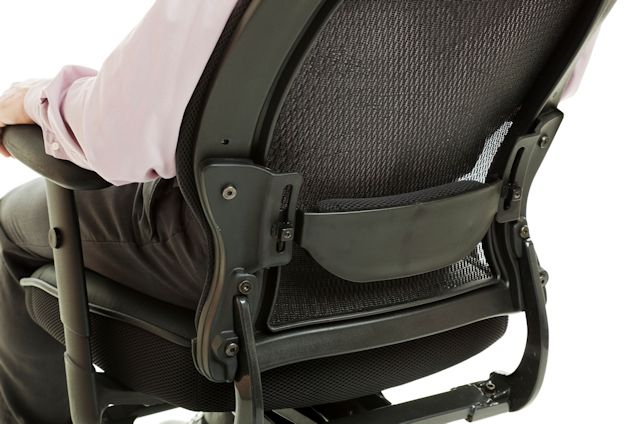Workspace Layout
Workspace layout and arrangement should be carefully designed so that it meets the requirements listed below.
- The workspace should be adjustable to fit each worker's size.
- The worker should be able to maintain the neutral position and avoid awkward or extended reaches and jerky movements while performing the task.
- A full range of motion with adequate leg room, as well as a variety of working positions to avoid static postures should be provided.
- The worker should have adequate space for access to all necessary tools and equipment, and frequently used tools should be within easy reach.
Work Surfaces
- Work surfaces should be at the proper height and angle for the individual worker's size, tools, and equipment used.
- They should permit neutral postures and be adjustable; especially where different kinds of tasks are performed or the workstation is shared.
For example, where workers inspect or assemble small parts, or perform other visually intensive tasks, work surfaces could be tilted to reduce neck, shoulder and arm strain.
Walking and Standing Surfaces
Surfaces on which people stand for long periods should be designed to prevent slipping and provide adequate traction and comfort. Anti-fatigue floor mats, sit-stand stools, and footrests can help make workers more comfortable.
Seating
Seat-height adjustability and lower back support are important for work done for a long time while seated. Some workers may choose to sit part of the time and stand other times to reduce stress on the body from working in one position too long. Chairs or seating should:
- adequately support the back and legs;
- have padded seats;
- have separately adjustable back and seat cushions;
- permit feet to be supported either on the floor or with a foot rest;
- be easily adjustable while seated;
- be able to swivel for most tasks;
- isolate the worker from whole-body vibration; and
- have adjustable arm support when appropriate.
Knowledge Check Choose the best answer for the question.
5-4. In terms of ergonomics, chairs or seating should _____.
You forgot to answer the question!


